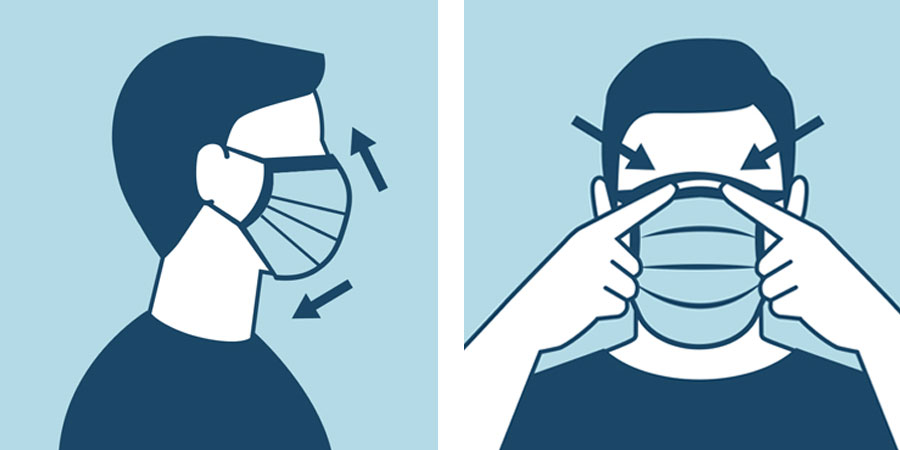Keeping Sign Makers and Sign Installers Safe
Protection from COVID-19 Coronavirus is on everyone's mind. For those in the sign installation industry, there are some important steps to take to stay safe... read more »

By Kelly Braden
on May 1st, 2020
Protection from COVID-19 Coronavirus is on everyone’s mind. For those in the sign installation industry, there are some important steps to take to stay safe in the work environment. A recent webinar by J. David Krause, PhD, called Health and Safety for Manufacturing Facilities offered some insight on how to stay safe.
Dr Krause is founder and president of HealthCare Consulting and Contracting. He also serves as the chair of the Indoor Environmental Quality Committee for the American Industrial Hygiene Association (AIHA).
Minimize Workers In The Same Vehicle
Keeping the number of employees who ride in the same work vehicle is important. If possible, try to send out more than one vehicle. Once in use, roll down the vehicle windows to increase ventilation. This ventilation helps reduce the chance and exposure for those in the vehicle.
Disinfect Surfaces Regularly
After each trip, be sure to wipe down commonly touched surfaces on the job site and the vehicle with disinfectant after and before every use. It is also useful to clean and disinfect the vehicle interior surfaces throughout the day to further reduce the chance of spread.

Cover Your Face
We all have read from the news that covering your nose and mouth is important to not transferring Coronavirus into your own body. Krause recommends wearing an N95 grade or higher respirator mask. He further doubts the effectiveness of homemade cloth masks, as they are not as good at preventing the transfer of Coronavirus via coughs, sneezes, and other oral respirations.
Of course no mask is effective if you constantly touch your face and play with your mask with unclean hands.
In order to get a surgical mask to actually capture droplet aerosols that come out of a cough, a sneeze or talking, it’s not just a piece of cloth. It has a certain weave to it. It has complexity in the material—more or less a moisture barrier in it that helps capture [the droplets].
J. David Krause, PhD
Cover Your Hands
It is also recommended to wear nitrile gloves instead of latex. These can be used two-fold: as protection from disinfected surfaces and as a personal reminder. Everything has limitations, but nitrile gloves generally give you a pretty good reminder not to touch your face. When you see a big blue hand coming to your face, it does wake you up and remind you not to touch your face or certain items, Krause said.
Krause also says that gloves should be disposed of properly. You don’t want to spread what’s on the outside of the glove to the inside of the gloves, he stressed. It’s an important task you need to look into and make sure other people [at your shop] are doing properly.

The CDC recommendations for removing gloves are:
- Grasp the outside of one glove at the wrist. Do not touch your bare skin.
- Peel the glove away from your body, pulling it inside out.
- Hold the glove you just removed in your gloved hand.
- Peel off the second glove by putting your fingers inside the glove at the top of your wrist.
- Turn the second glove inside out while pulling it away from your body, leaving the first glove inside the second.
- Dispose of the gloves safely. Do not reuse the gloves.
- Clean your hands immediately after removing gloves.
In the end, Krause believes that, probably for at least the next year, it’s going to be commonplace for service providers to take these additional precautions of spending a little more time cleaning, disinfecting, and maintaining their work areas in the shop and out in the field.
